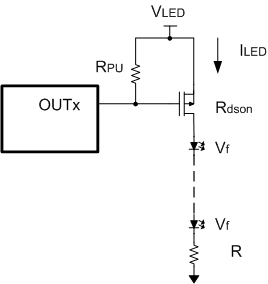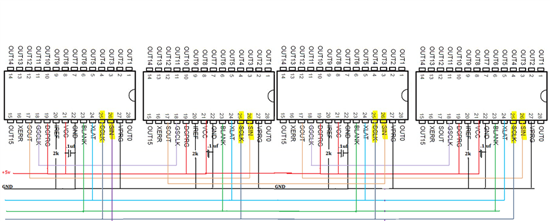Can the tlc5940 be used with much higher current LEDs of about 700mA say with an external FET? If not does TI have another 5940 type device that has a current sink capability of 700mA?
-
Ask a related question
What is a related question?A related question is a question created from another question. When the related question is created, it will be automatically linked to the original question.




